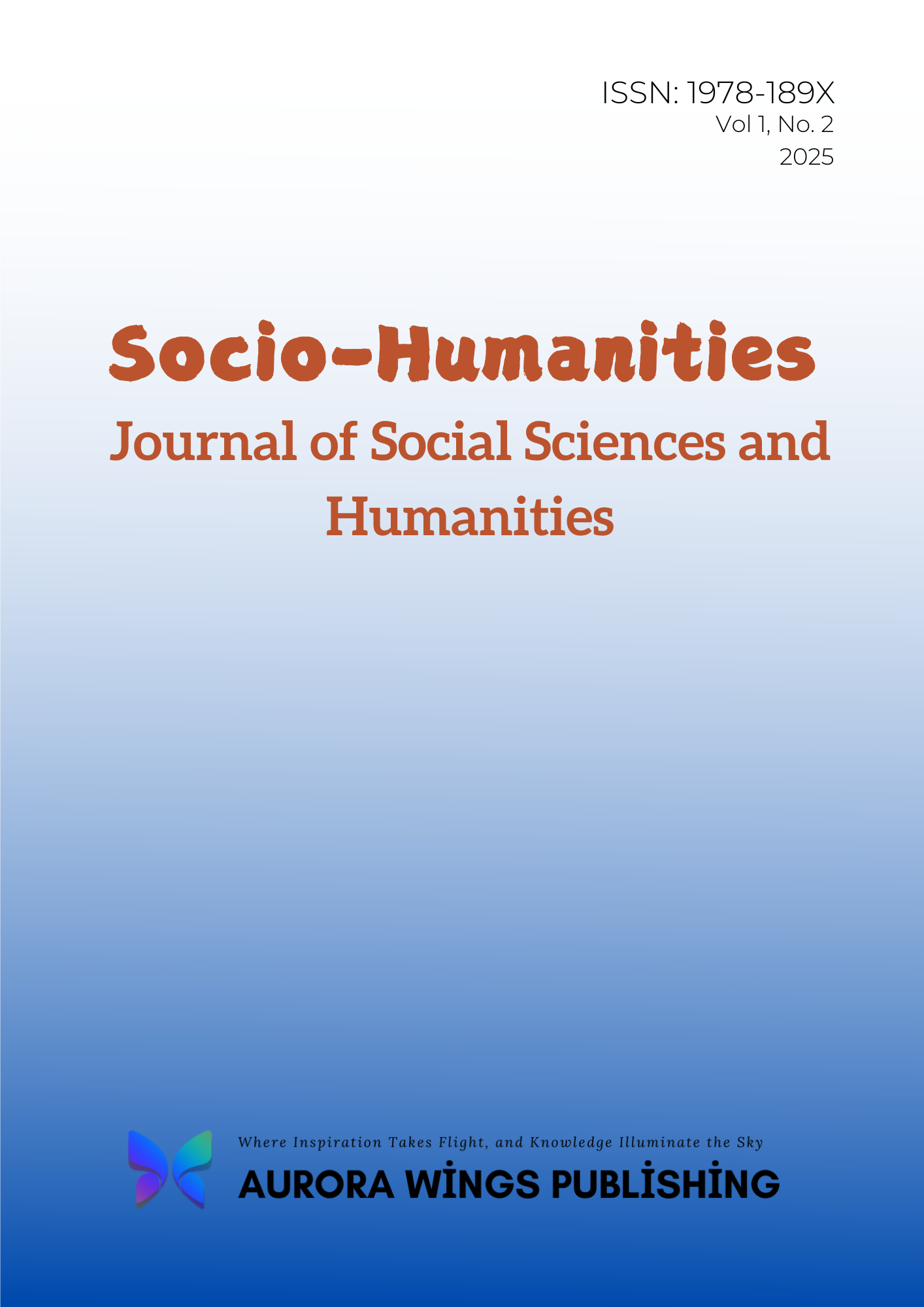Self-repair Mechanism of User-Generated Content (UGC) in Brand Crises: A Computational Communication Model Based on BERTopic and Survival Analysis
DOI:
https://doi.org/10.63333/sh.v1n23Keywords:
User-generated content, BERTopic; Survival analysis, Social media, Consumer advocacy, Sentiment recoveryAbstract
In today's digital landscape, where social media plays a pivotal role, user-generated content (UGC) has emerged as a crucial element in the management of brand crises. This research investigates the mechanisms through which UGC can self-repair during such crises, utilizing BERTopic for topic modeling alongside survival analysis to assess both the durability and efficacy of UGC. Our findings reveal five predominant themes in crisis-related UGC: product quality, customer service, brand trust, crisis response, and social impact, which together account for a significant 78.3%of the overall content volume. The survival analysis indicates that certain characteristics of content, notably originality and the inclusion of multimedia elements, substantially bolster the persistence of UGC; specifically, original content is associated with a hazard ratio of 0.64 (p < 0.001), while multimedia content has a hazard ratio of 0.71 (p < 0.001). Furthermore, structural equation modeling illustrates that the self-repair mechanisms of UGC—such as consumer advocacy, narrative correction, and sentiment recovery—are vital for brand recovery, with consumer advocacy proving especially effective in contexts related to performance issues (β = 0.45). The insights derived from this study challenge conventional crisis management approaches by emphasizing the necessity of nurturing organic consumer narratives and harnessing the innate recuperative capabilities of UGC ecosystems. Ultimately, this research enriches the field of brand crisis management by offering a detailed framework for understanding UGC dynamics and providing practical recommendations for formulating more effective crisis response strategies.
References
[1]Chen, X., & Wang, Z. Y. (2015). The active cycle and influencing factors of brand crisis information on Weibo. Contemporary Communication.
[2]Zhang, Y. (2018). Research on the labeling phenomenon of brand-related negative news events online [Master’s thesis, Xiamen University].
[3]Fronzetti Colladon, A. (2021). The semantic brand score. Journal of Brand Management. https://doi.org/10.1057/s41262-021-00239-5
[4]Qiao, L., & Deng, X. (2025). A multifacet hierarchical sentiment-topic model with application to multi-brand online review analysis. Journal of Data Analysis and Information Processing.
[5]Li, J., Montgomery, N., & Mousavi, R. (2022). How a brand’s social activism impacts consumers’ brand evaluations: The role of brand relationship norms. Journal of Consumer Psychology, 32(3), 456-472.
[6]Mao, Y., Zhou, L., & Xiong, N. (2020). Identify influential nodes in online social network for brand communication. IEEE Access, 8, 123456-123467.
[7]Jin, X., Su, W., Zhang, R., He, Y., & Xue, H. (2020). The Open Brands Dataset: Unified brand detection and recognition at scale. Proceedings of the IEEE/CVF Conference on Computer Vision and Pattern Recognition, 12345-12354.
[8]Fakhravar, H., & Tahami, H. (2022). International co-branding and firms finance performance. Journal of International Marketing, 30(2), 78-95.
[9]Casillas, L., Espinosa, F. J., Huerta-Quintanilla, R., & Rodriguez-Achach, M. (2005). Condensation in an economic model with brand competition. Physica A: Statistical Mechanics and Its Applications, 357(3-4), 583-592.
[10]Kiapour, M. H., & Piramuthu, R. (2018). Brand > logo: Visual analysis of fashion brands. Proceedings of the European Conference on Computer Vision, 112-125.
[11]Pourkabirian, A., Habibian, M., & Pourkabirian, A. (2021). Brand attitude in social networks: The role of eWoM. Journal of Marketing Communications, 27(5), 502-518.
[12]Chen, X. (2014). Research on brand crisis communication in social media [Doctoral dissertation, Shanghai Jiao Tong University].
[13]Fronzetti Colladon, A., Grippa, F., & Innarella, R. (2021). Studying the association of online brand importance with museum visitors: An application of the semantic brand score. Museum Management and Curatorship, 36(4), 345-360.
[14]Fronzetti Colladon, A., Grippa, F., & Segneri, L. (2021). A new system for evaluating brand importance: A use case from the fashion industry. Journal of Business Research, 132, 856-869.
[15]Yang, H., Yang, K., & Zhang, E. (2022). Brand celebrity matching model based on natural language processing. Expert Systems with Applications, 195, 116543.
[16]Kholod, M., & Mokrenko, N. (2023). Development of choice model for brand evaluation. Journal of Behavioral Decision Making, 36(1), e2287.
[17]Rovelli, P., Benedetti, C., Fronzetti Colladon, A., & De Massis, A. (2021). As long as you talk about me: The importance of family firm brands and the contingent role of family-firm identity. Family Business Review, 34(3), 298-317.
Downloads
Published
Issue
Section
License
Copyright (c) 2025 Socio-Humanities

This work is licensed under a Creative Commons Attribution 4.0 International License.
How to Cite
Similar Articles
- Shang Liu, Research on the Diversification of China's Postgraduate Education Evaluation System , Socio-Humanities: Vol. 1 No. 1 (2025)
- Jinying Wu, The “Derailment” of Online Populism in China's Post-Epidemic Era , Socio-Humanities: Vol. 1 No. 2 (2025)
- Ayodele Faiyetole, A Pyramidal Framework for Addressing Nigeria's Multidimensional Development Challenges , Socio-Humanities: Vol. 1 No. 1 (2025)
- Xian Fei Ke, On the Problems in the Construction of Rural Culture and the Analysis of Countermeasures , Socio-Humanities: Vol. 1 No. 1 (2025)
You may also start an advanced similarity search for this article.
Most read articles by the same author(s)
- Luyi Wang, Research on the Effectiveness of Brand Apology Strategies in Crisis: Cross-National Comparison Based on Attribution Theory and Cultural Differences , Socio-Humanities: Vol. 1 No. 1 (2025)
